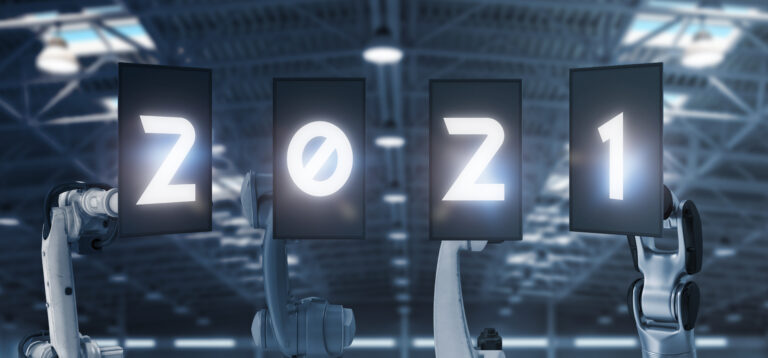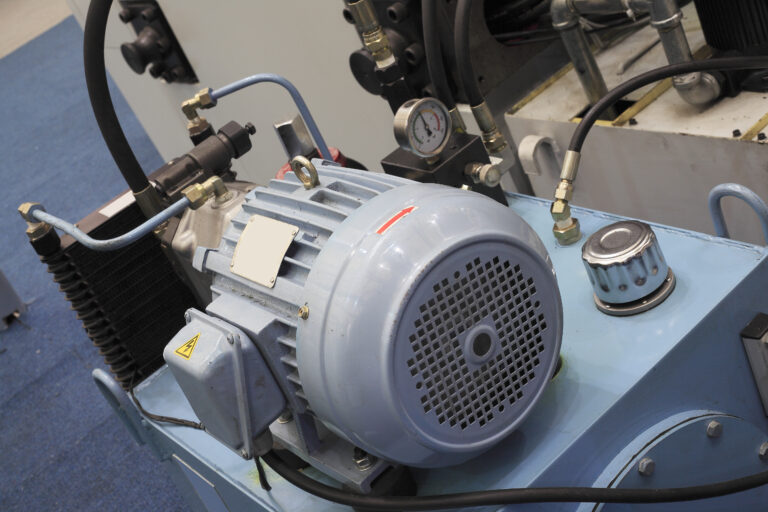
The Internet of Things (IoT) is everywhere. Products are undergoing a period of mass digitalization, with physical devices increasingly connecting to the online world and gathering and sharing data to help people optimize their daily lives. Factory floors are no exception; the digital revolution is transforming them. The IoT is opening up new opportunities for the world of manufacturing. The IoT sits at the heart of a new way of manufacturing using “smart factories,” which are enabling a slew of smart initiatives. Today’s production systems and equipment are embedded with sensors to capture and share all sorts of data in the cloud. Once this data is uploaded, manufacturers can achieve many things that were never possible before. For example, they can improve the quality of their products by identifying and isolating sources of error on the factory floor. They can improve throughput by eliminating bottlenecks and accurately predict maintenance schedules to maximize asset uptime. All of this improves a manufacturing plant’s bottom line and reduces time to market.
This post highlights some of these smart factory initiatives and explains the impact they have across a factory floor.
Digitalizing a Shop Floor
To pursue a smart factory initiative, a manufacturer must first send data from the shop floor to an IoT platform. To achieve this, data must be streamed from a production system, with production equipment autonomously communicating with the IoT platform and sending it a constant stream of data. This requires ubiquitous connectivity so the facility can generate the data required to make smart real-time decisions. To collect this data, production equipment must be embedded with smart sensors.
Sensors have played a role in manufacturing for years, but smart sensors are capable of much more than their traditional counterparts. They push data from production equipment to the IoT system. Some sensors can even carry out complex calculations on measured data locally, within the sensor module, enabling detection of anomalies. Such calculations are carried out at the “edge” of the network, reducing the data bandwidth required to communicate with the IoT platform. Modern production equipment is likely to come with embedded smart sensors, providing the automated connectivity necessary to create a smart factory floor. How sensors connect with the IoT has also evolved. State-of-the-art equipment does not rely solely on wired or WiFi connectivity; it can also use mobile networks for redundancy. Older equipment can be retrofitted to include the latest sensor technologies and stream data to an IoT platform across a range of connectivity configurations.
Data that is streamed from the shop floor to the IoT platform must be standardized into consumable formats. Standards bodies, including the Industrial Internet Consortium and Object Management Group, are working together to set the standards and frameworks for machine-to-machine communication and the IoT. For now, it’s important to use common formats to ensure that data is accessible, meaning that it can be seamlessly pulled out of data silos or other repositories for use across the factory floor. To achieve this, data should go into a central reporting structure where the IoT platform being used has the capability to work with streaming data and standardize it in close to real time.
Unlocking Insights
Once data is in an IoT platform, a manufacturer can analyze it and unlock valuable insights that will boost the facility’s productivity, reduce lead times, eliminate errors, and expedite time to market.This analysis process is often a complex undertaking. Massive volumes of data must be reviewed to make better-informed decisions across the factory floor. Manufacturers that decide to manually analyze these big data streams and repositories struggle to find enough resources to keep pace with the amount of data generated. What’s more, human error and bias can easily creep in. Artificial intelligence (AI) and machine learning (ML) techniques can automate many repetitive data-driven tasks, giving the company a range of automated big data analytic capabilities to optimize the manufacturing environment.
For example, big data analytics can provide a manufacturer’s factory floor with predictive maintenance capabilities. Processes can be put in place to monitor equipment performance and health in real time, sending out repair alerts and maintenance reminders to avoid disruptive equipment events before they occur. Likewise, manufacturers can use big data analytics for product quality maintenance, with smart sensors detecting manufacturing defects early to reduce waste and the time and cost required to adjust production processes.
Once a manufacturer has the insights afforded by “smart” processes, it can take corrective action, adjusting its production environment to match its manufacturing requirements. It can even automate these actions, with parts and supplies being ordered automatically when sensors detect low stock levels or imminent equipment issues. All of these factors augment operational efficiency, helping a smart factory run with unprecedented optimization at every point in the production environment.
Recap
- The IoT has introduced a range of smart factory initiatives involving data being collected by production equipment and leveraged to improve product qualities, eliminate production bottlenecks, and predict issues on the factory floor to minimize downtime and operational costs.
- To digitize a shop floor, manufacturers must connect elements of their production facility to an IoT platform using smart sensor technologies to collect relevant data. While new systems are usually fitted with increasingly smart sensors, retrofitting of legacy equipment may be needed to achieve the required level of connectivity across different networks. To allow analysis of the information collected, data streams must be standardized in real time when they reach the IoT platform.
- Big data analytics can unlock real value from production data. Manufacturers can conduct predictive maintenance and product quality checks, for example, that maximize uptime while reducing costs. AI and ML technologies can help manufacturers keep pace with the massive data volumes their factory floor produces and carry out complex predictive calculations.







Blog Comments
Atin Rastogi
January 10, 2022 at 12:06 AM
In which industries will IioT be most implemented and how will it usher a change in smart manufacturing?
https://www.universal-robots.com/in/blog/what-is-smart-manufacturing-an-overview/
Alex Beilby
January 13, 2023 at 10:38 AM
Hi Atin, certainly the competitive nature of consumer goods industry means there is drive to seek out a competitive edge from modernized production equipment and lower maintenance costs from adopting IoT technologies. The fields with newer innovation also benefit from adding more sensors from the beginning and using the data from those sensors to update digital twin models or predict responses – this is becoming more common for robotic systems that interact with humans on the factory floor, and in industrial assets used in medical and health science applications. The keys when looking to capture the data across multiple sources is to ensure it is meaningful and can be integrated with other modeling tools.